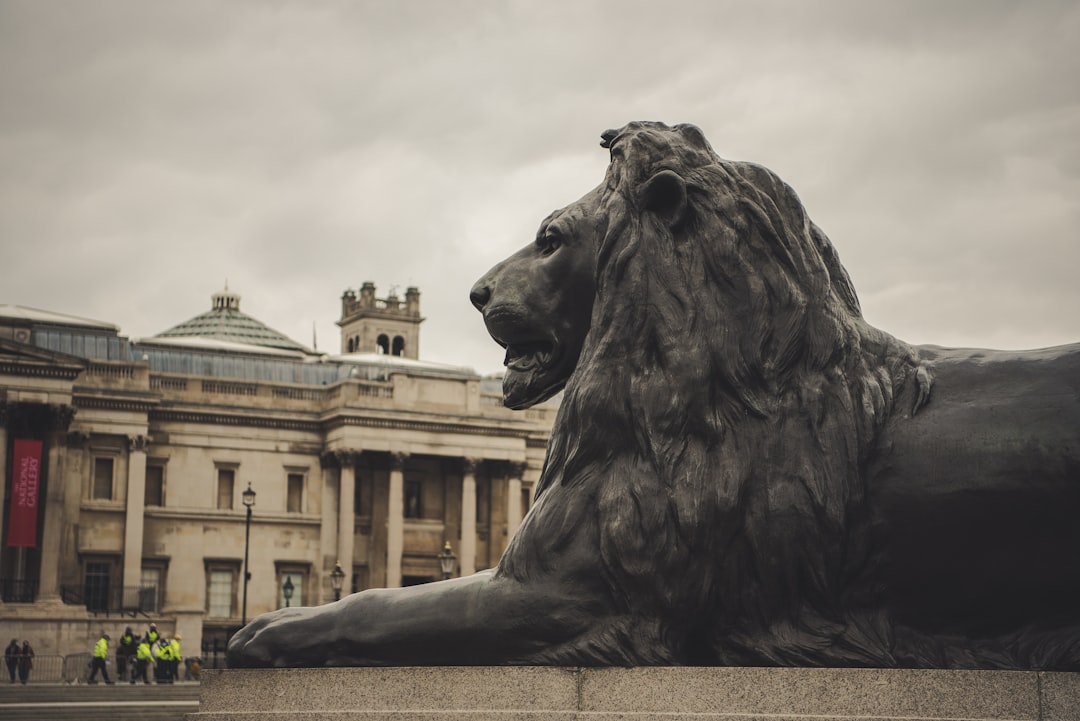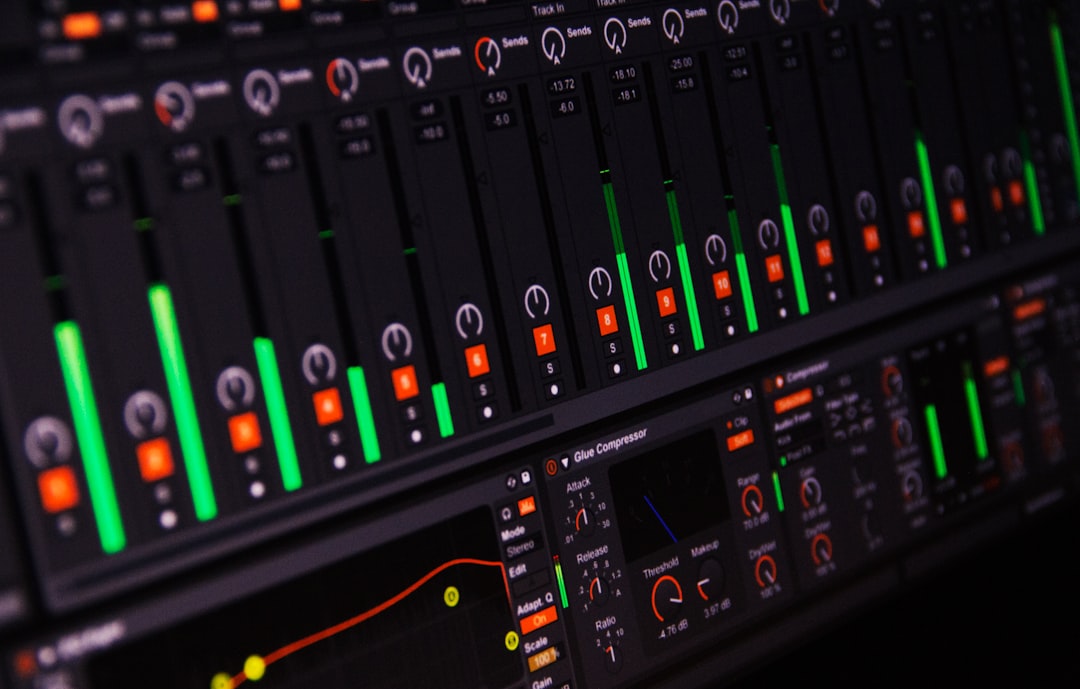What is it about?
The article discusses how sketching is utilised as a durational state within drawing practice and as a means to cultivate the creative potential that is afforded by the rough draft. The proceeding development of the sketch is also considered in relation to the maquette - as an equivalent three dimensional form for drafting ideas and exhibiting agency. The relationship between two and three dimensions is an ongoing area of inquiry within my practice, and is primarily explored through technological translation processes. The possibility to create a coalescence for these spaces (and the technologies that describe them) is presented through two graphic artworks that explore the role of trace and physical projection within volumetric space.
Featured Image
Why is it important?
The article privileges possibility over ‘polish’ and considers the inherent qualities of the incomplete as a contrast to ones relationship with finish.
Perspectives
The article was instigated after a conversation with a group of design students, a discussion that led to considerations on where the most creatively rich moment lies within ones practice. I intend to develop this line of thinking further within an educational setting and studio based investigation.
Dr Paul Laidler
University of the West of England
Read the Original
This page is a summary of: Spatial traces and skeletal projections, Drawing Research Theory Practice, April 2020, Intellect,
DOI: 10.1386/drtp_00025_7.
You can read the full text:
Contributors
The following have contributed to this page










